Drum roll please….
We are so pleased to present the winners of the Images of Research competition for 2018. Out of 100 eligible entries, a panel of judges chose the winners and semifinalists; all will be on display in Cameron Library from April 5 to 30, 2018.
Images of Research exhibition
Location: Cameron Library, main floor
Date: April 5 – 30, 2018
First Place $800
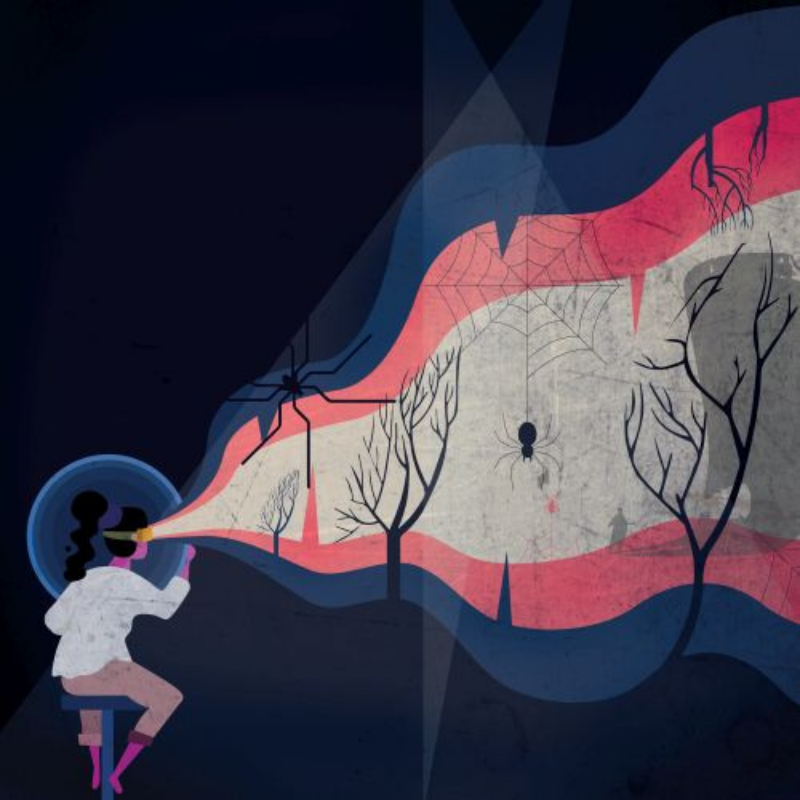
Augmented Phobia
Anna Chakravorty Master’s – Arts, Visual Communication, Design “Most people who suffer phobias (around 60–80%) never seek treatment and of those who do seek treatment, approximately 25% either refuse exposure therapy when they hear what it entails or drops out of therapy. One of the reasons for this refusal data could be that the main feature of exposure is confronting the feared stimuli, which some people may find too frightening. New efforts are needed to increase the number of phobia sufferers who benefit from exposure therapy. Augmented reality systems give users a feeling of presence and reality judgment that can be exploited to treat some psychological disorders. My master’s research focuses on understanding the human interaction with the technology and to determine if augmented reality can help people to overcome their phobias. To answer this, a series of testing would involve where the stimuli would render from basic shapes and forms to more real objects to a stage where the patient would be able to hold and interact with the stimuli. This would help people to expose themselves to their fears as well as act as a self-therapy.”
Second Place $600
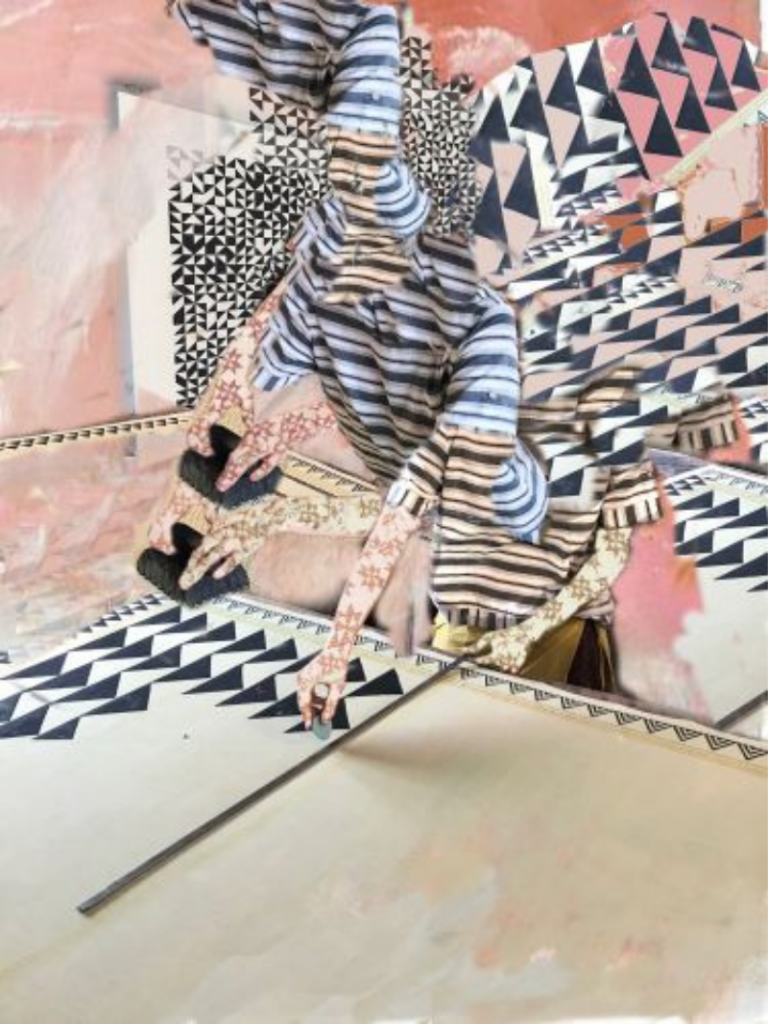
Absorption Experience
Kim McCollum Master’s – Arts, Painting “My research explores the relationship between textile work and abstract painting. This image is a digital collage that combines several photos of me learning to block print in India. These photos are mixed with digital paint and pattern to create an image that expresses the feeling of flow created when making something by hand. I wanted to visually capture the feeling of being so completely engrossed in the process of creating something that the creation and the creator become one. Making digital collages like this is the first step in my creative process. I combine digital painting with images of textile art to make connections between the two mediums and generate new ideas. My next step involves creating large-scale physical artworks inspired by my digital collages. This involves using painted and hand-woven components to create woven paintings. Referencing the visual histories of both ‘high’ and ‘low’ art has potential to create new connections and break down barriers that limit the influence of certain work based on medium.”
Third Place $500
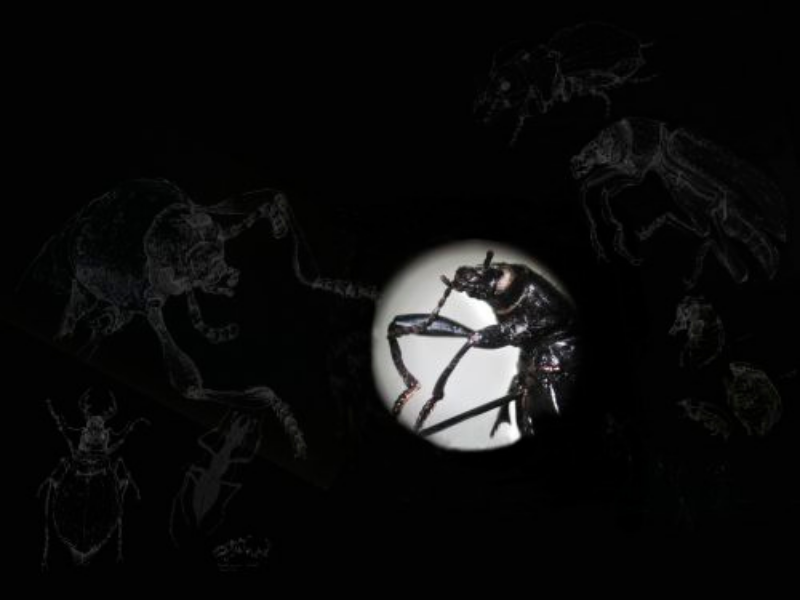
Honorable Mention $250
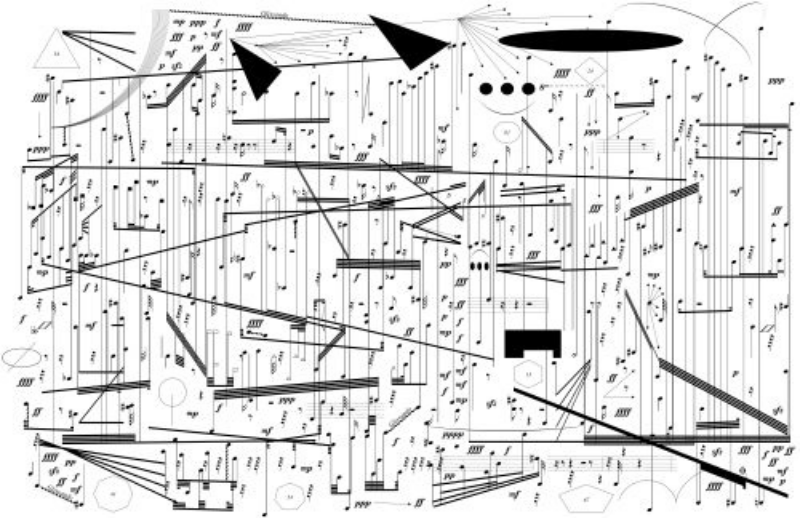
Sans Escher
William Northlich PhD – Arts, Music “Sans Escher is a graphic musical score. The aesthetic and design vision behind Sans Escher is musical indeterminacy, conveyed by abstract of conventional music notation. Such a graphic score may be observed as an independent piece of artwork, or as a musical score that may be performed by any number of players consisting of any instrumentation with the option of including additional staging and spatial designs, all of which may be determined by the ensemble. Precise elements of dynamics, articulations, length of musical passages, and pitch are also up to the discretion of the ensemble or individual player. My doctoral research consists of the confluence of electronic music and improvisation, and how improvisatory methodologies are effective in representing performances of electronic music visually. Graphic scores are indispensable in visually representing unorthodox processes, gestures, sonic states, and aesthetic visions. Thus, audiences are able to make profound connections with related musical material by gaining insight into performative decisions, sonic results, and the composer’s inspiration.”
Honorable Mention $250
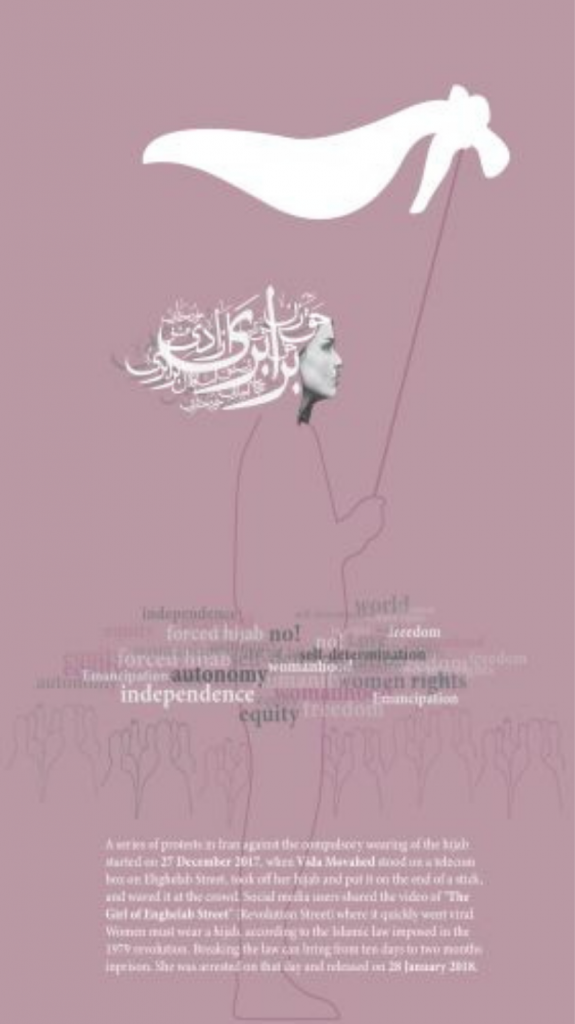
The Girls of Enghelab Street
Zohreh Valiary Master’s – Arts, Arts & Design “An often-cited example of a country with a highly restricted society is Iran. Iranian women’s history is a labyrinthine road of darkness, patriarchy and suppression. After the invasion of Muslims, women started losing their equal rights, and the situation continued to be more or less the same until the end of the 19th century when some movements started to happen toward the emancipation of women. These movements, that still are going, on have a long way to go to reach the goal of equal rights and freedom for women in my motherland. I based “”the Girls of Enghelab Street”” on the action of Vida Movahed, a young Iranian woman who, on December 27, 2017, stood on a platform in Enghelab street in Tehran, tied her white hijab (a symbol of protest against mandatory hijab created by Masih Alinejad, the founder of the online movement “”My Stealthy Freedom””), to a stick, and waved it at the crowd until the authorities arrested her. After Vida Movahed’s action more women started doing the same to show their union and support for the movement. Twenty-nine women were arrested in the two months leading up to February 2018. The aim of my research is to explore how visual communication design might provide a medium through which one can foster awareness and build empowerment in my target audience of young, educated Iranian women, aged eighteen to twenty-five.”
People’s Choice
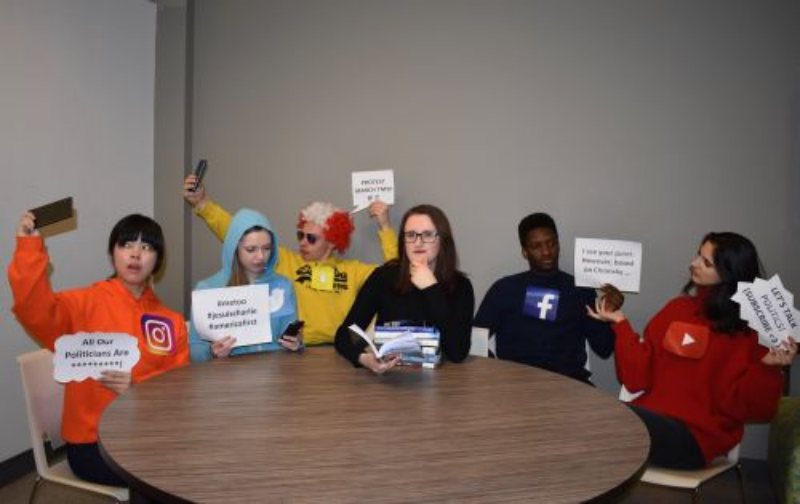
Politicizing Social Media $250
Jennifer Zeller Master’s – Arts, Philosophy “Politicizing Social Media” portrays everyday social media users and some of their political opinions. If inappropriately phrased or posted in an unfitting format, these perspectives tend to be disregarded and considered irrelevant or unpolitical by academics. This has resulted in unbalanced, if not ignorant, academic discourses on social media as most scholars have only focussed on the political potentials of platforms such as Facebook, Twitter or Youtube – not their disadvantages or “unprofessional” contents. However, the original meaning of politics – from Greek polis – revolves around the ordinary people, not merely a political elite. Correspondingly, my research aims at constructing a philosophical and political theory of social media by analysing often disregarded, but nonetheless political contents and by using theories such as those from Hannah Arendt, Jürgen Habermas and others. Thus, I am in the middle of the picture with my books, trying to make sense of how politics are made on social media around me from a scientific point of view.”
